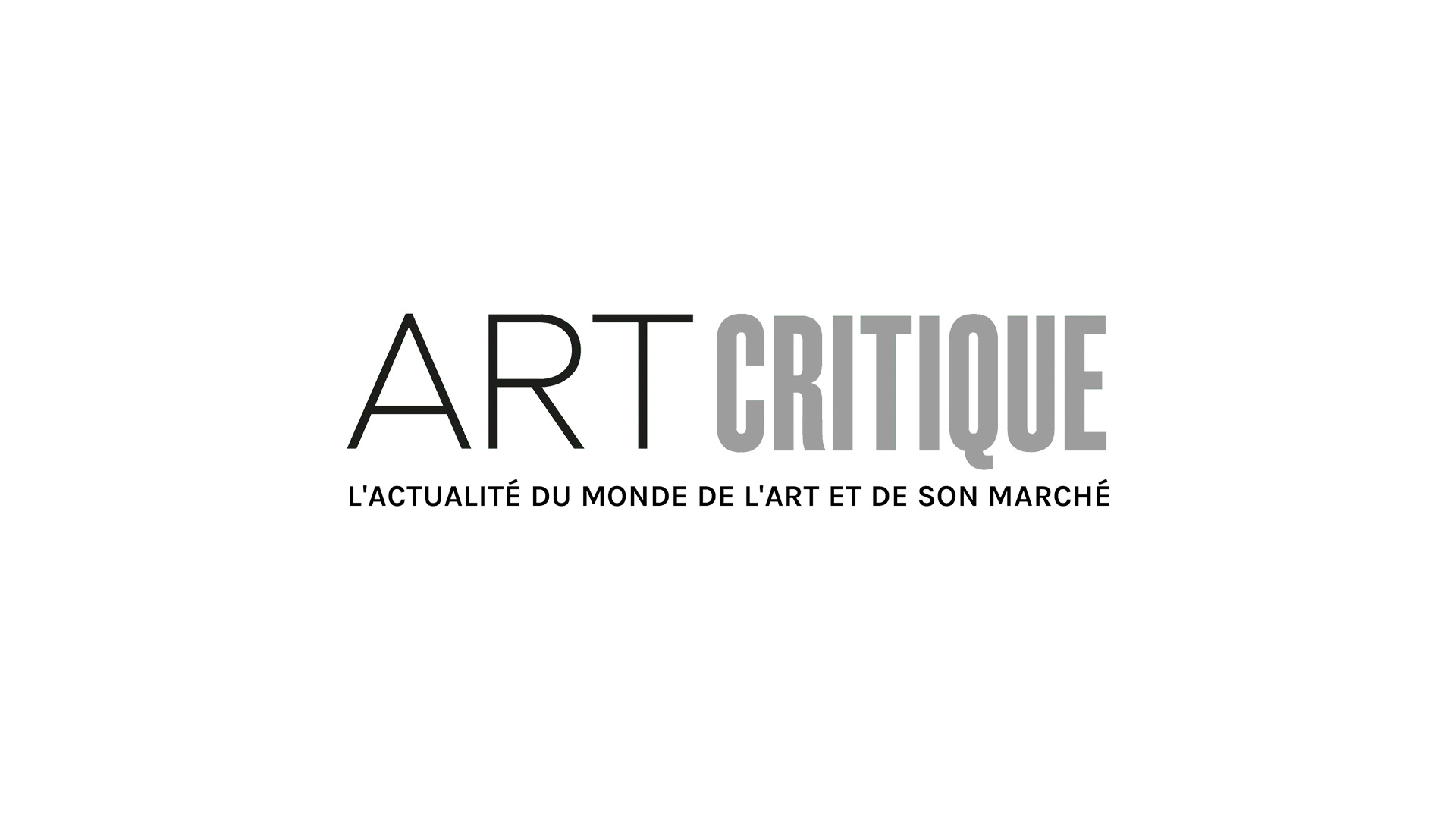In Helsinki, a couple was recently sentenced to jail time and a hefty fine of €13 million for partaking in a five-year art forgery scam.
Gallery owners Kati Marjatta Karkkiainen, 46, and Reifo Pollari, 75, were found guilty of 30 counts of aggravated fraud by the Helsinki district court. Found to be the ring leaders of the scam, they will serve four and five years in jail, respectively. The couple were two of eight others involved in the scam which amounted to at least 220 forged canvases. Accomplices have also been found guilty and will serve jail time.
Auction houses and collectors, alike, were duped into paying millions for faked paintings. The forgeries included works meant to be by Henri Mattise, Claude Monet, Wassily Kandinsky, and Pierre-Auguste Renoir. The scheme also targeted lesser-known Russian romanticists and 19th-century Finnish painters.
Karkkiainen and Pollari primarily utilized the hand of self-taught artists Veli Seppa, living in southern Finland, to produce canvases affixed with the names of the European artists. Seppa was sentenced separately in 2017 to a suspended sentence after admitting to painting and signing the fakes. He stated that he researched the artworks and styles of the artists he copied at his library and bought mid 19th-century canvases at flea markets to pass off the counterfeit paintings.
The scam went largely unnoticed during its five-year run until canvases began to raise red flags. After investigations by authorities into the matter, Finland’s National Gallery found that many of the artworks sold through the couple’s gallery to be inauthentic.
The most lucrative of the artworks passed off by the duo was a painting purportedly by French artist Fernand Léger. The counterfeit le Cirque was sold for €2.2 million bearing Léger’s forged signature.
Child-like forgeries
In recent years, the art world has seen fakes and forgeries become incredibly technical. Artists working to pass off fakes have gone to new levels to research styles, obtain materials available at the time of the original’s creation, and create provenance for artworks.
Wolfgang Beltracci comes to mind with news of another art market scandal concerning forgeries. Beltracci made counterfeiting seem almost sexy as works he created dawned the cover of a Christie’s catalogue and hung in prestigious galleries. In fact, according to the BBC, he maintains that the only reason he was sent to prison was the signatures of artists, like Ernst and Picasso, which he attributed to the works. Beltracci believes that had he signed his own name he would have been free and he may not be incorrect in thinking so.
Forgeries are not the only aspect getting better in the world of counterfeits. The technology and means to determine fakes have become a science. Take the work of James Martin into consideration. Now Sotheby’s Director of Scientific Research, Martin has utilized forensics to determine the authenticity of millions of dollars’ worth of artworks. His work has been the topic of a Guardian article looking at forgeries in the art world.
However, the forgeries passed off by Karkkiainen and Pollari were found to be less than sexy by the district court. In a written judgement, it was stated that ‘the treatment of the subject was incredibly weak and the painting style was childish’ making the news of this scandal even more intriguing.





